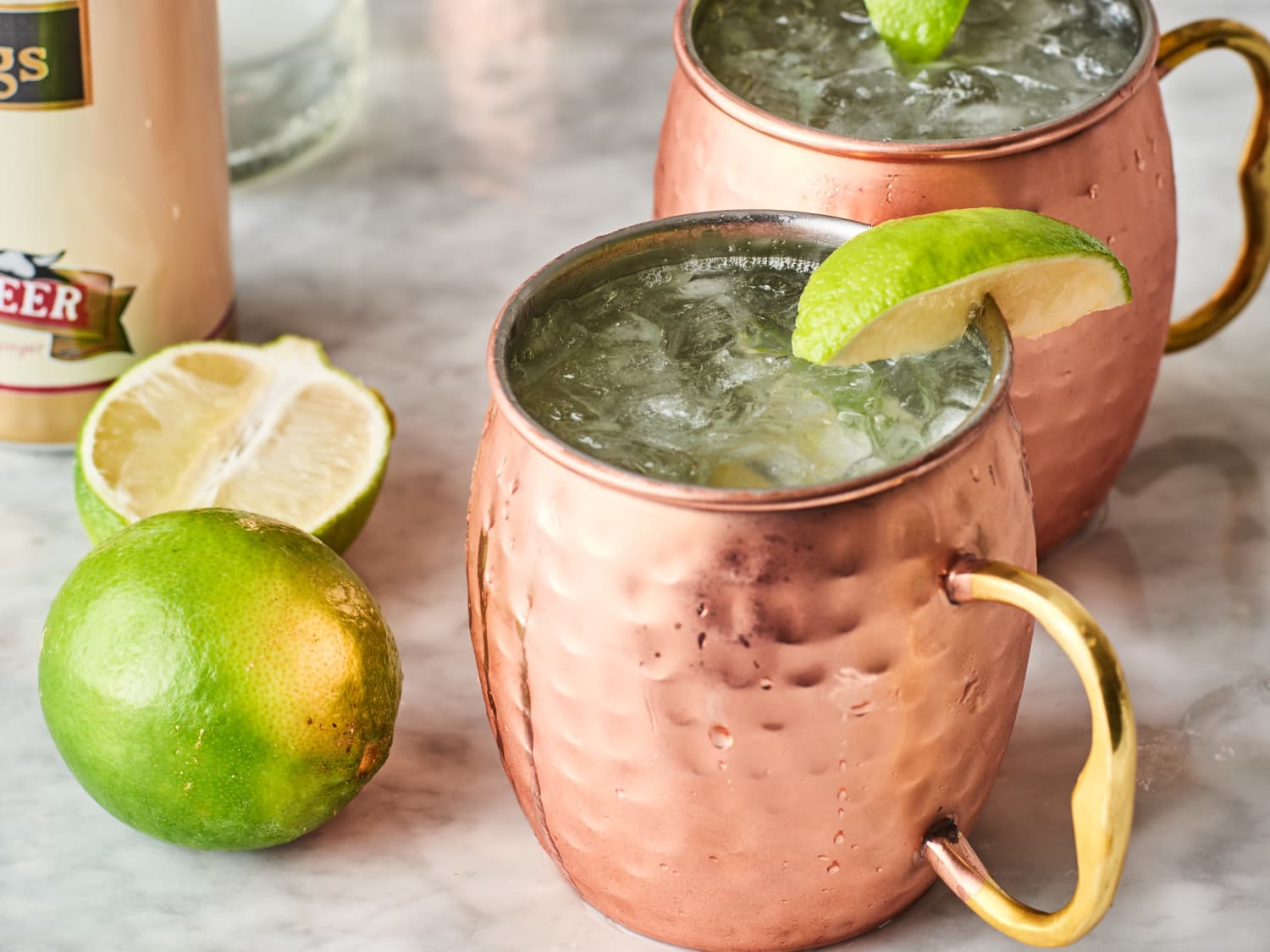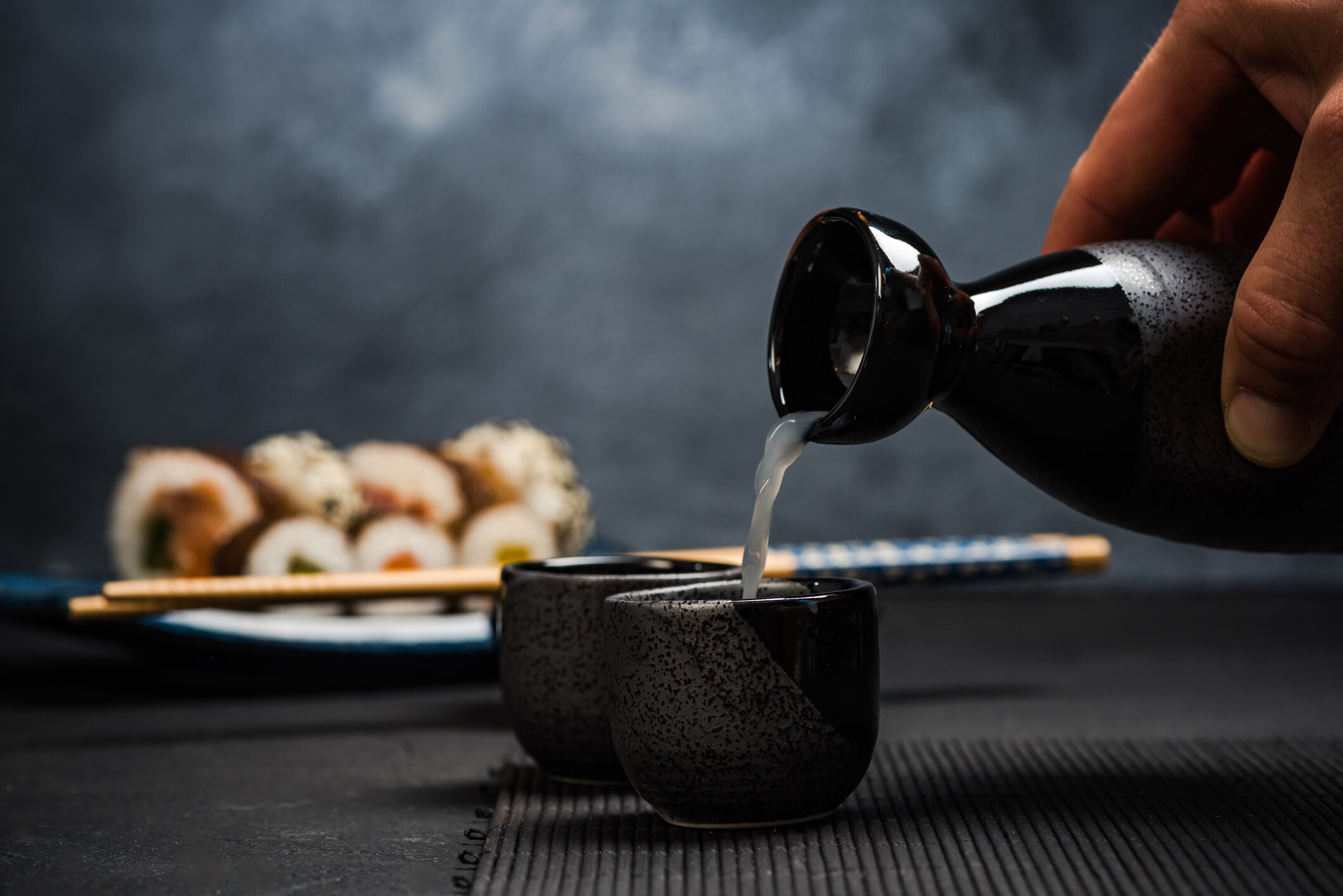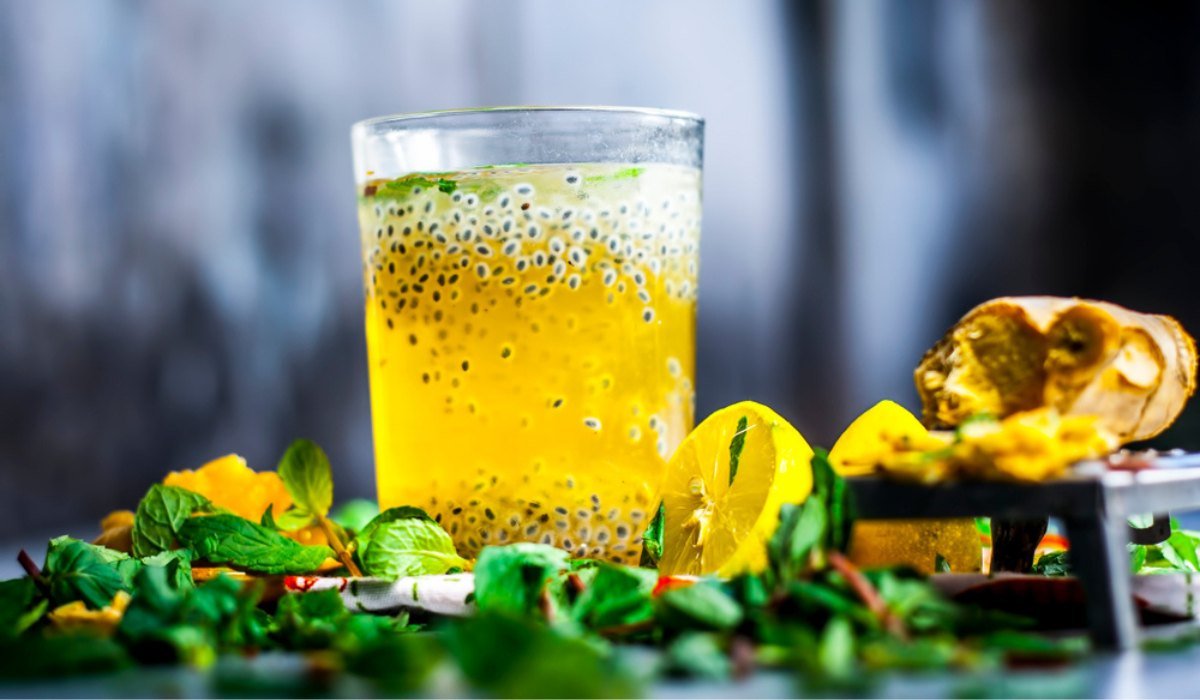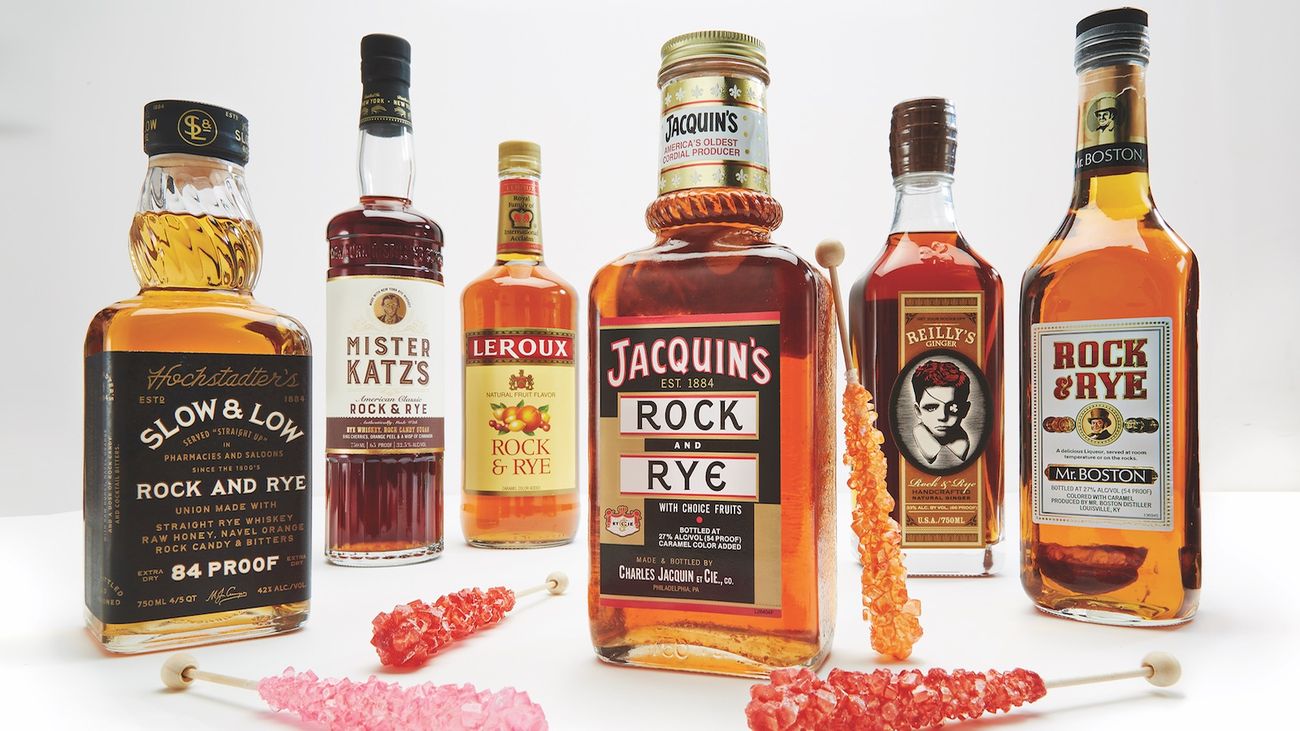What is Serbian Rakija?
Serbian Rakija is a traditional fruit brandy that holds a special place in Serbian culture. It is often enjoyed during celebrations, gatherings, and as a symbol of hospitality. Made through a process of distillation, Rakija can be crafted from various fruits including plums, apricots, pears, and grapes, each offering a unique flavor profile.
Choosing the Right Glass
When it comes to enjoying Serbian Rakija, the choice of glassware is important. Opt for a small tulip-shaped glass, allowing the aromas to concentrate at the top, enhancing the drinking experience.
Serving Temperature
It’s essential to serve Rakija at the right temperature to fully appreciate its flavors. Chill the Rakija slightly before serving, as the cold temperature helps to mellow the intensity of the alcohol and allows the fruit flavors to shine through.
Appreciating the Aroma
Before taking your first sip, take a moment to appreciate the aroma of the Rakija. Swirl the glass gently and inhale the fruity notes that emanate from the spirit. This step enhances the overall tasting experience.
Drinking Ritual
When it comes to drinking Serbian Rakija, there is a traditional ritual that is often followed:
- Hold the glass of Rakija in your hand and make a toast to your companions, expressing good wishes and gratitude.
- Take small sips, allowing the flavors to unfold on your palate.
- Engage in conversation and enjoy the camaraderie that comes with sharing this traditional drink.
Pairing with Food
Serbian Rakija is often enjoyed alongside food. Its robust flavors complement a variety of dishes, including cured meats, cheeses, and hearty stews. The fruitiness of Rakija can also provide a refreshing contrast to rich and savory foods.
Enjoying the Experience
Drinking Serbian Rakija is not just about consuming a beverage; it’s about embracing a cultural tradition and savoring the moment. Whether you’re celebrating a special occasion or simply enjoying the company of friends, the ritual of drinking Rakija adds a meaningful touch to the experience.
Conclusion
Drinking Serbian Rakija is more than just a culinary experience; it’s a cultural tradition that brings people together. By following the traditional rituals and savoring the flavors, you can fully appreciate the significance of this beloved spirit.
So, the next time you have the opportunity to partake in Serbian Rakija, remember to choose the right glass, savor the aroma, and engage in the time-honored ritual of toasting and sharing good wishes. Cheers!
For anyone keen to use their newfound skills from the guide on drinking Serbian Rakija, there are several enticing recipes to try. One standout is the Plum Rakija Braised Pork, which marries the rich flavors of pork with the deep, fruity notes of plum rakija. Another must-try is the Apricot Rakija Glazed Roasted Chicken, where the sweetness of apricot rakija creates a beautifully caramelized finish on the chicken. For dessert lovers, the Pear Rakija Caramelized Pear Tart offers a delightful balance of sweetness and the subtle warmth of pear rakija. Each of these dishes not only highlights the unique characteristics of rakija but also showcases how it can elevate a variety of culinary creations.
Was this page helpful?
Read Next: How To Drink A Spritz










